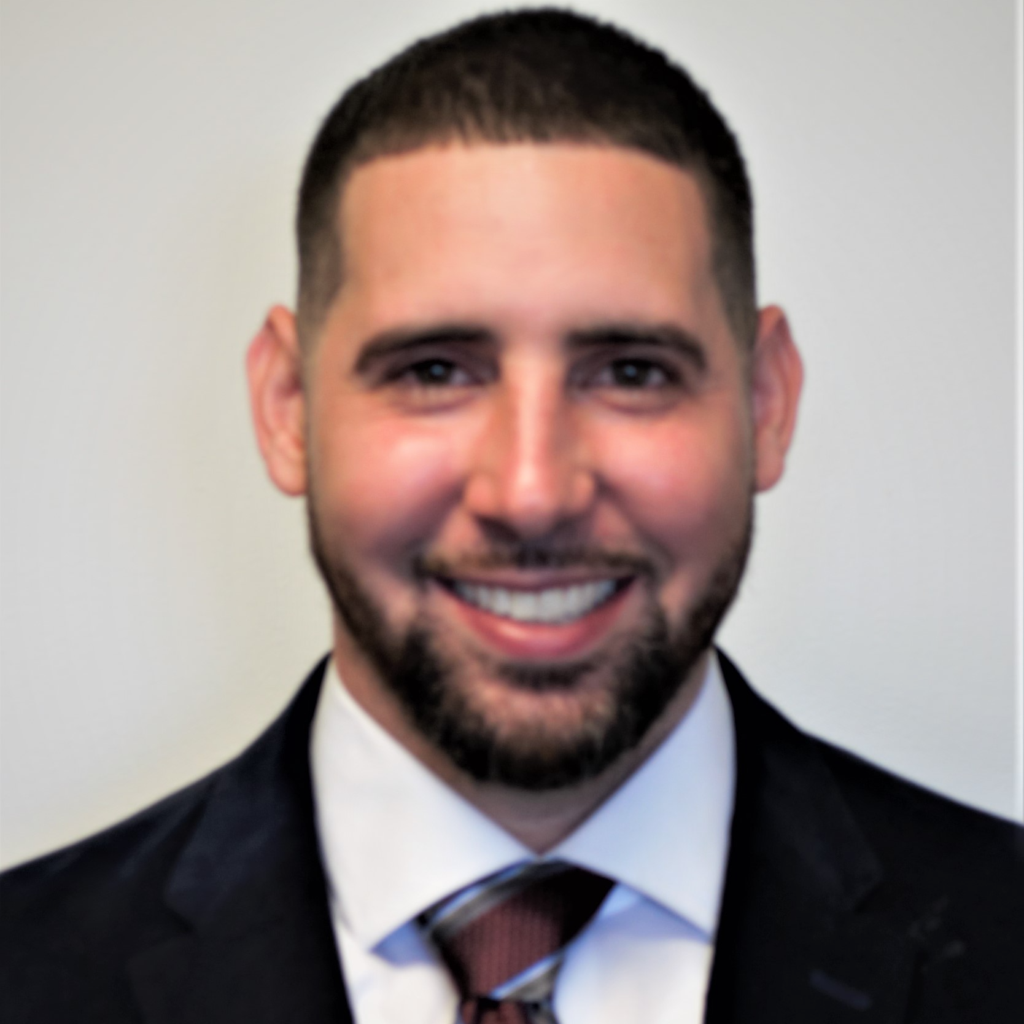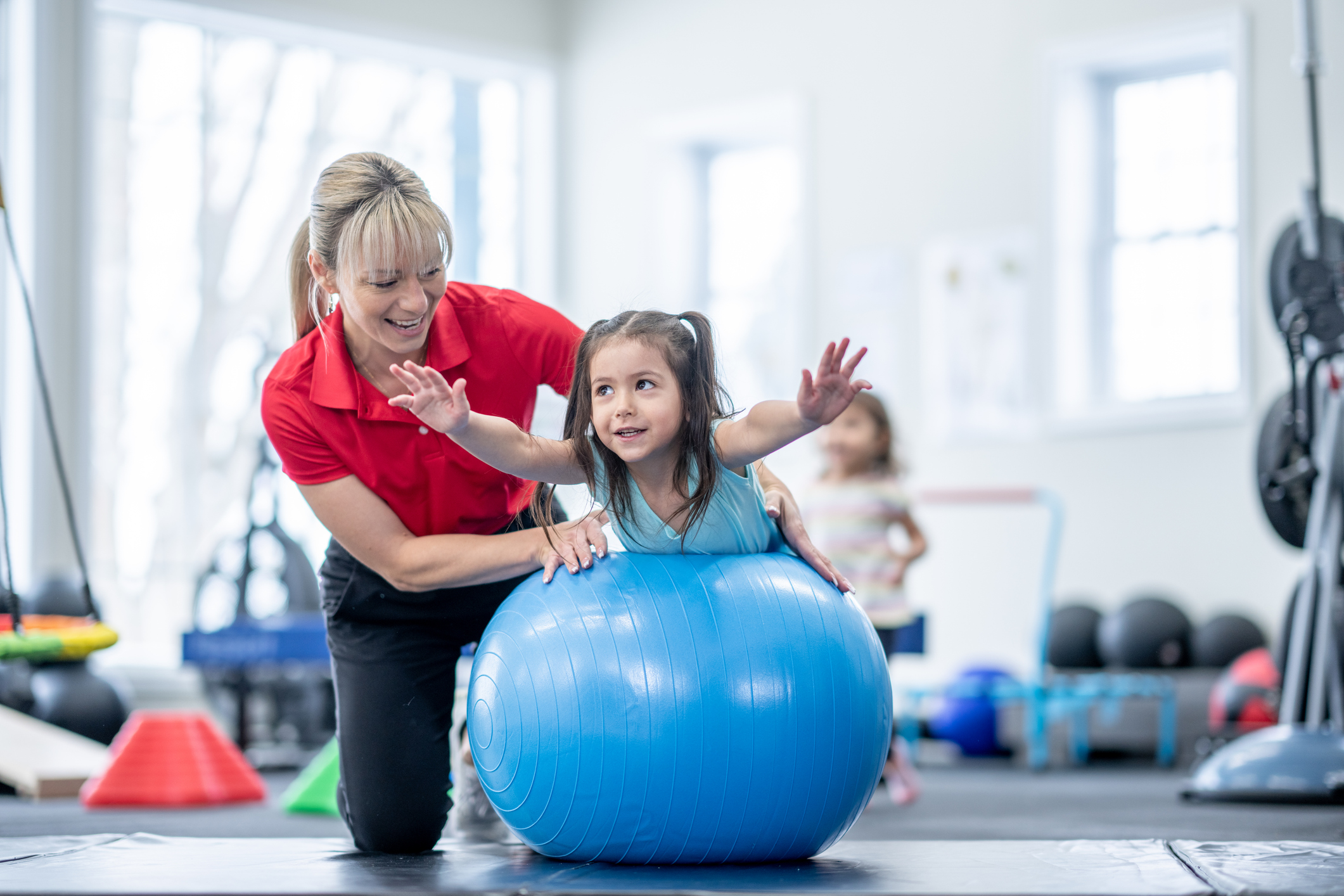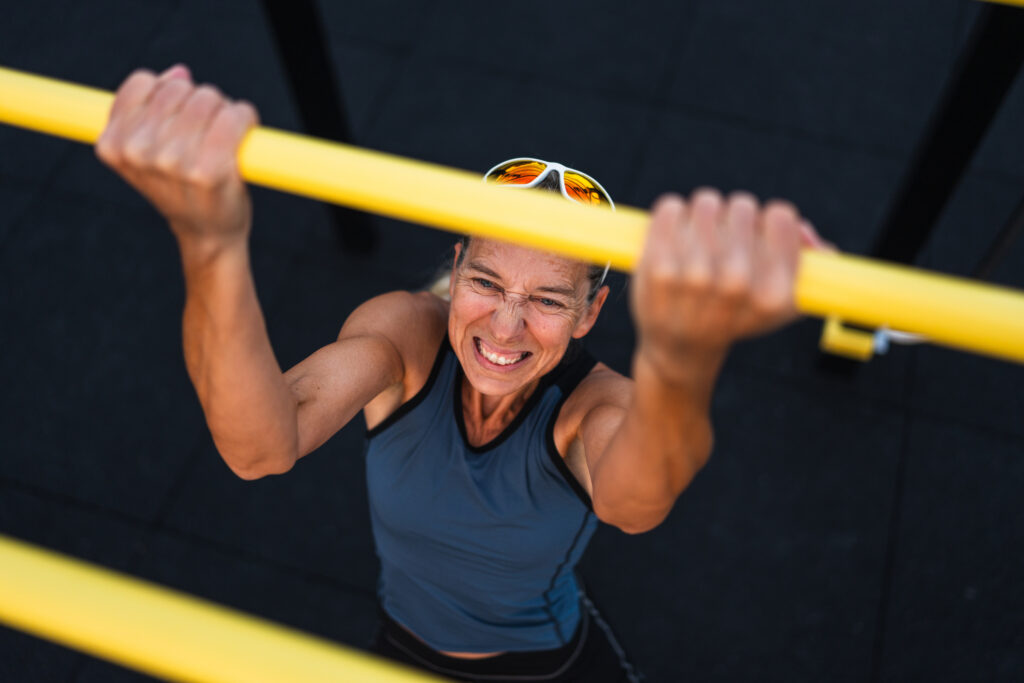I have a daughter who is a lot like me. She gets totally consumed by screens, makes her sister late to school every morning, does anything to avoid homework, and loses her instrument on concert days. These qualities, I know, come from me. She is 11 now and the world will soon ask her to adult. In middle school, I hope she doesn’t start touching everything seven times and spend her weekday afternoons in detention. In college, I hope she doesn’t have a recurring nightmare that she forgot a course she enrolled in and now can’t avoid an “F” on her transcript. As an adult, I hope she doesn’t procrastinate past important deadlines or miss important events because she forgets or oversleeps. I hope her attention-deficit/hyperactivity disorder (ADHD) pieces from me don’t cause her too much pain.
Many of us work with someone with ADHD — a student, athlete, patient, client, or a child. Perhaps you, like me, have hopes and worries. Perhaps you wonder if physical activity can help prepare a child with ADHD for adulthood or make day-to-day life more manageable.
What is ADHD?
Globally, it is estimated that 8% of youth and 3% of adults meet criteria for ADHD, which equates to approximately 353 million individuals. Twin studies estimate heritability of ADHD to be ~74%. Most children with ADHD will also develop at least one additional mental health disorder, usually disruptive behavior disorders or anxiety. Poorer executive function is a hallmark of ADHD but differences in brain structure and function are heterogenous. Despite well-documented risks for long-term impairments, modern perspectives on disability posit that ADHD is not a mistake or deficiency, just a difference, with advantages and disadvantages.
What is the impact of physical activity on ADHD?
Broadly speaking, the evidence of the physical activity effect on ADHD can be binned into 3 categories: (1) fidgeting, (2) single bouts, and (3) long-term physical activity programs.
In lab-based experiments, children and adults with ADHD perform better on neuropsychological tasks (i.e., puzzle-like tasks) when they fidget more. The takeaway here is not to overcontrol the movements of children, as they are probably squirming to engage with you (I am shuffling a deck of cards as I write this).
Single bouts of physical activity generate transient shifts in behavior, cognition, affect, and neurophysiological function that last for minutes or hours. In a recent meta-analysis, researchers combined data from 14 experiments, totaling 446 children with ADHD. They reported that single bouts of exercise led to significant small improvements in cognitive performance relative to comparison groups. In studies of classroom behavior, 10-minute physical activity breaks increased on-task behavior 8-10% more than sedentary breaks or no breaks. What’s more, the least on-task students at baseline (the groups where children with ADHD are expected) demonstrate improvements in on-task behavior of 20-30%.
Long-term physical activity programs show incredible promise. We see durable changes in brain structure and function at rest with the hope to alter long-term trajectories. In a recent meta-analysis, our team combined data from 17 experiments, including 815 children with ADHD, that compared long-term physical activity programs to diverse comparison groups. We observed significant small to moderate advantages of physical activity programs on ADHD symptom reduction.
What can health professionals do to help?
Promote physical activity!
Children with ADHD and other mental health disorders are vastly underrepresented in sport and physical activity programs. We can donate, organize, coach, volunteer, train, and referee. Commit to learn more about ADHD and get trained on simple strategies for inclusion and participation.
Finally, resolve to have unwavering faith in and support the children you work with. Children with ADHD receive a lot of negative feedback – it can easily feel like no one likes you. You can develop and provide places where children go to connect with adults who care about them and see their strengths. Your belief can go a very long way… and so can mine.
With that in mind, let me start over:
I have a daughter who is a lot like me. She is energetic, creative, outgoing, and empathic. She is a good big sister. She leads her siblings (and the rest of the neighborhood) in elaborate pretend play for hours each day. She walks around the house practicing Taekwondo poses while singing popular songs with improvised lyrics, spends weekends lost in books, and is happiest on stage with all eyes on her. These qualities, I know, come from me. She is 11 now and soon she will be an adult. In middle and high school, I hope she forms lifelong friendships and learns to love mastering new skills. In college, I hope she starts each semester 2 weeks before everyone else, tracks the exam scores of her classmates, and secretly resolves not to let anyone score higher than her. As an adult, I hope she rides waves of hyperfocus and becomes the glue that holds teams together. I hope she learns to love her ADHD pieces; they have been in our family for generations.

Eduardo Esteban Bustamante, PhD, FACSM, is an associate professor of kinesiology and nutrition at the University of Illinois Chicago (UIC) where he directs the UIC Healthy Kids Lab. Dr. Bustamante has received awards for teaching and community engagement. His work examines the influence of health behaviors on children’s mental health and neurocognitive development. He is a Fellow and Trustee of the American College of Sports Medicine (ACSM) and the President-Elect of the North American Society for Pediatric Exercise Medicine (NASPEM). He serves on the Health Advisory Board of Chicago Park District and the Board of Directors of Urban Initiatives.



